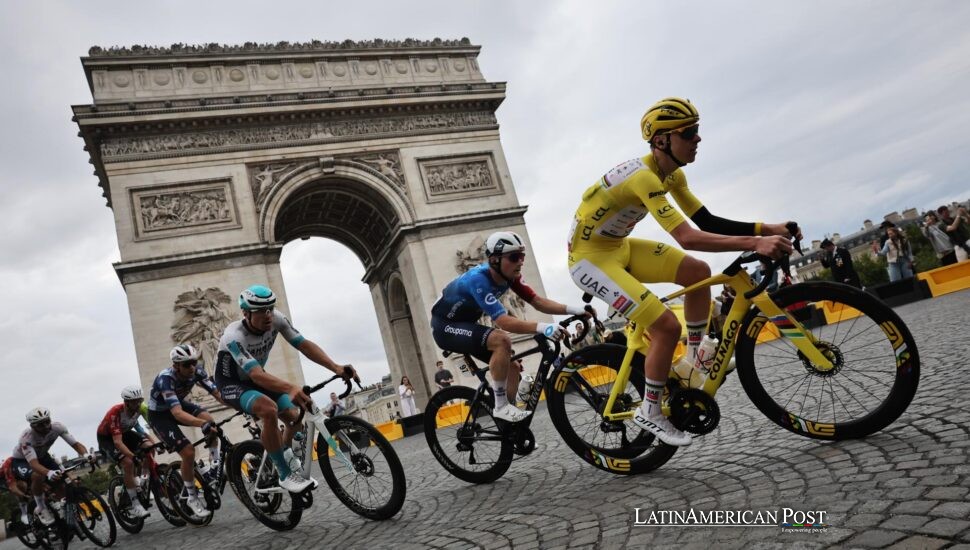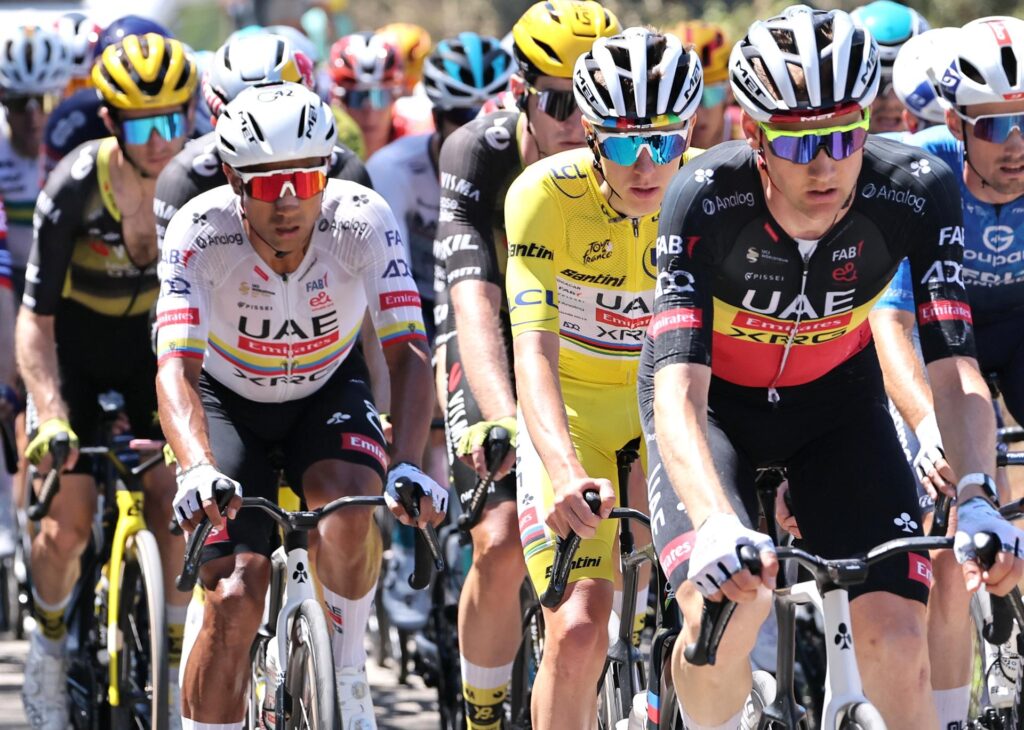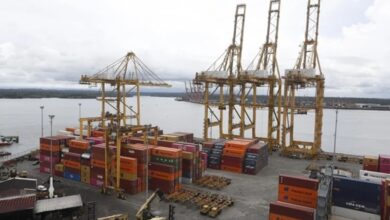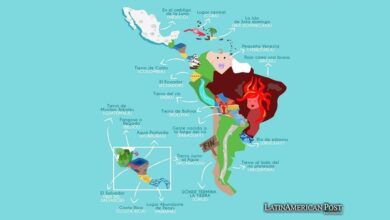Colombian Cycling Soul‑Searches After Tour De France Collapse

As Europe’s cycling superpowers dominated the Tour de France, Latin America’s lone flicker came not from Colombia’s famed escarabajos, but from an unassuming Ecuadorian domestique who climbed, towed, and survived when his Andean peers barely made the headlines.
The Ecuadorian Who Refused to Fade
Jhonatan Narváez didn’t come to the Tour de France as a contender. He came to serve—to protect his team leader, chase down attacks, and burn himself out long before the final climbs. But somewhere between the Vosges and the Alps, the 27-year-old from El Playón de San Francisco began doing more than just pulling.
While most support riders cracked and vanished into the autobus, Narváez stuck. He drilled tempo on Ventoux. He sheltered Tadej Pogačar through the wind tunnels of Normandy. And when the road tilted upward, he didn’t fall off. He stayed, climbed, and by Paris, had clawed his way into 13th place—higher than any Latin American, and far above expectations.
“My job was to hold the pace for Tadej,” Narváez told reporters, still catching his breath under the Arc de Triomphe, “but on the final climb I still had legs.”
It was a small moment—a quiet finish. But for a continent used to watching Colombians battle for podiums, his performance was a rare ember of pride.
Colombia’s Mountain Aura Fizzles
Not long ago, Colombian climbers were Tour de France royalty. The mountains belonged to them. Nairo Quintana traded blows with Chris Froome on the snowy ridges of Alpe d’Huez. Miguel Ángel “Supermán” López danced up Angliru. Colombians didn’t just survive at altitude—they owned it.
That was then.
In 2025, Colombia’s once-revered escarabajos barely made a dent. Sergio Higuita, billed as the next great mountain man, ground his way to 14th without a single memorable attack. Einer Rubio, once a Giro stage hero, struggled on every decisive climb and finished 31st. Santiago Buitrago flashed briefly with a strong showing on Mont Ventoux but faded into 40th overall. Harold Tejada worked in the shadows for Astana, barely cracking the top 45.
No jerseys. No stage wins. No days in yellow. Just numbers, and not the kind Colombia is used to.
What happened?
Part of the answer is science. European teams now run altitude camps in the Alps and Pyrenees, replicating the oxygen stress that once gave Colombians a physiological edge. The same gradient that used to favor riders raised at 2,600 meters now levels the playing field.
Then there’s nutrition. European squads bring chefs, dietitians, and even mobile labs. Some Colombian riders still balance training with the comfort of their hometown staples. “Rice and arepas aren’t the issue,” joked one team coach off-record, “but the refueling window is.”
Add in team politics, long travel days, and the psychological toll of racing not to win but to contain Pogačar, and the Colombian mystique begins to look like an old photograph—powerful, but fading.
Pogačar’s Empire Leaves No Room for Fantasy
Colombia’s crisis of relevance isn’t happening in a vacuum. It’s unfolding inside the era of Tadej Pogačar, the Slovenian prodigy who now owns four Tour titles at just 26. His UAE Team Emirates doesn’t race; it smothers. With seven world-class climbers and a tactical brain trust that manages every watt and water bottle, their approach leaves nothing to chance—and no room for chaos.
And chaos was once Colombia’s best friend. Quintana used it to sneak away on descents. López used it to ambush rivals on forgotten climbs. But in this new Tour, chaos is gone. Pogačar’s team controls from kilometer one. Crosswinds? Covered. Time trials? Optimized. Final climbs? Paced to the decimal.
“There’s no oxygen left for breakaways,” said former Colombian legend Martín Ramírez, now a coach in Boyacá. “By the time our boys reach their zone, the race is already over.”
Even Jonas Vingegaard, the man who once beat Pogačar back-to-back, returned this year only to find the Slovenian stronger, colder, and utterly untouchable. The old playbooks are obsolete. New victories will require reinvention—not just talent, but data, support, and belief.

Hope Points South to Spain
With the Tour behind them, Colombia’s best shot at redemption now lies in the Vuelta a España, which kicks off in August. Vingegaard has confirmed his entry. Pogačar remains undecided. And that single thread of uncertainty is giving Colombian managers a flicker of hope.
Higuita historically improves in the back half of the season. Buitrago and Rubio ride better on Spain’s jagged climbs than on France’s long drags. If the stars align—and if Pogačar skips the race—Colombia might yet find a foothold.
But structural problems linger. At home, development squads struggle with funding. Promising riders often lack exposure, nutrition, and even visas, hindering their ability to compete consistently in Europe. By the time they get a chance, they’re usually behind their Dutch, Danish, or British rivals who’ve had access to sports science since their teenage years.
Ironically, the best-performing Andean rider at this Tour—Narváez—rides not for a Colombian team, but for UAE. His success shows what’s possible when raw talent is paired with resources.
“If we want another Nairo,” warned Paola Sarmiento, an analyst with the Colombian cycling federation, “we need to stop chasing altitude myths. Science wins now.”
Also Read: Neymar’s Homecoming Turns to Heartbreak as Santos Faces Relegation Threat
For Colombia, it’s time to face the truth: thin air won’t carry them any further. Only evolution will. And if Narváez can climb in service and still shine, perhaps the next Colombian generation can learn to lead again—not just in the mountains, but in cycling’s fast-changing world.





